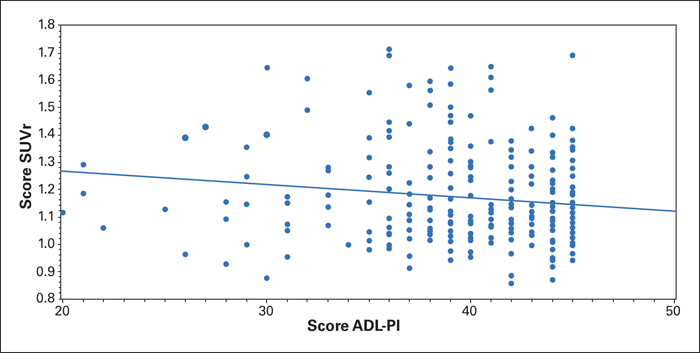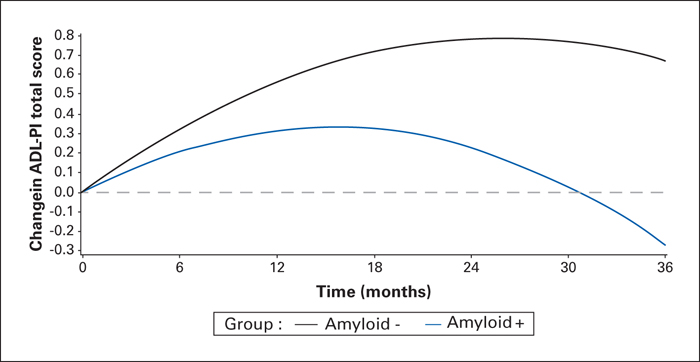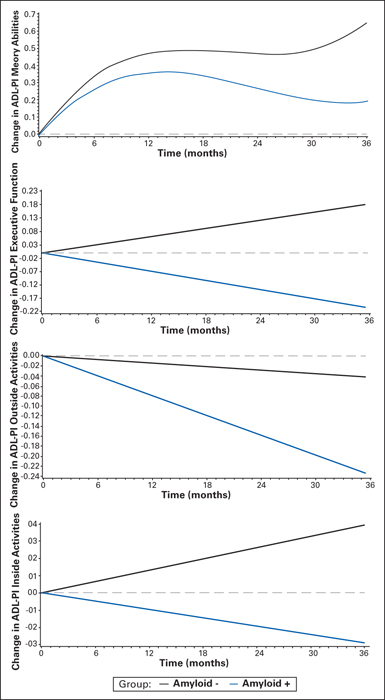Gériatrie et Psychologie Neuropsychiatrie du Vieillissement
MENURelationship between brain amyloid deposition and instrumental activities of daily living in older individuals: two analyses from the MAPT study Volume 17, issue 2, Juin 2019
- Key words: Alzheimer's disease, PET scanner, amyloid plaques, IADL
- DOI : 10.1684/pnv.2019.0801
- Page(s) : 211-20
- Published in: 2019
The biomarkers of Alzheimer's disease (AD) have enabled the identification of its pathological features, many years before the onset of clinical symptoms. Positon emission tomography (PET) using radiotracers binding the amyloid plaques has, indeed, paved the way for new perspectives. However, these biomarkers have only been studies in small populations so far, with limited follow-up. The objectives of this work were to assess the interest of amyloid PET in elderly but also to study the relationship of amyloid deposition to Instrumental Activities of Daily Living (IADL) performance. Methods. Our population included 271 participants from the MAPT trial aged 70 and over, without major cognitive impairment, who performed amyloid PET examination. In a cross-sectional study we examined the association between brain amyloid load and IADL abilities. Moreover, in a longitudinal analysis, we studied the changes in IADL performance between amyloid positive and amyloid negative participants over the 3-year follow-up without and with adjustments for confounding factors (age, randomization group, ApoE genotyping, timespan between baseline and PET examination).Results. Amyloid positive subjects showed poorer abilities in IADL compared to their amyloid negative counterparts, despite similar cognitive performance. Brain amyloid load also impacted the daily functioning of individuals over time, taking in consideration confounding factors. The difference after 3 years between the amyloid positive and negative participants was not significant (p=0.08; in adjusted models p=0.06). Amyloid negative individuals also improved in memory-related instrumental activities (p<0.001) throughout the study, unlike amyloid positive participants. Conclusion. These findings confirmed the relationship of brain amyloid deposition with subtle changes in IADL abilities, even in the absence of cognitive impairment. Yet, the absence of disease modifying agents as well as uncertainties regarding the long-term evolution of asymptomatic individuals showing a positive biomarker are still to be determined.




